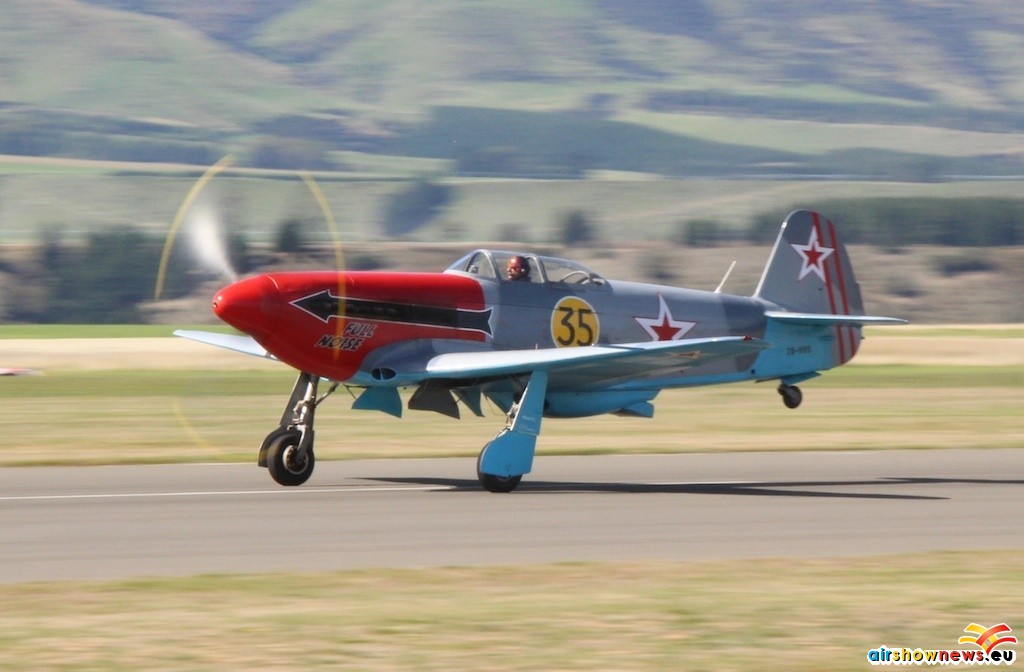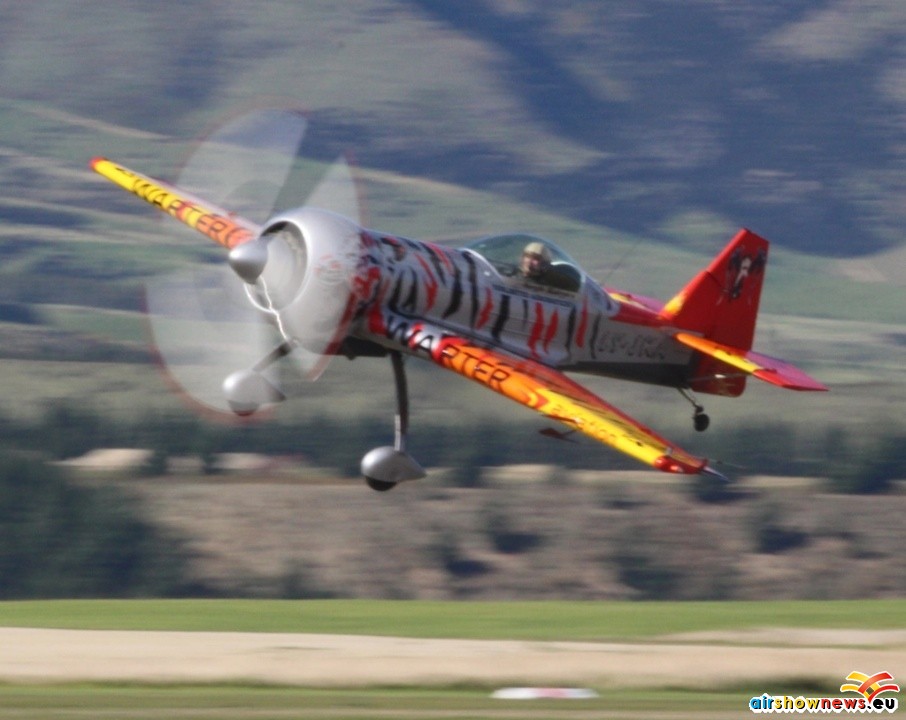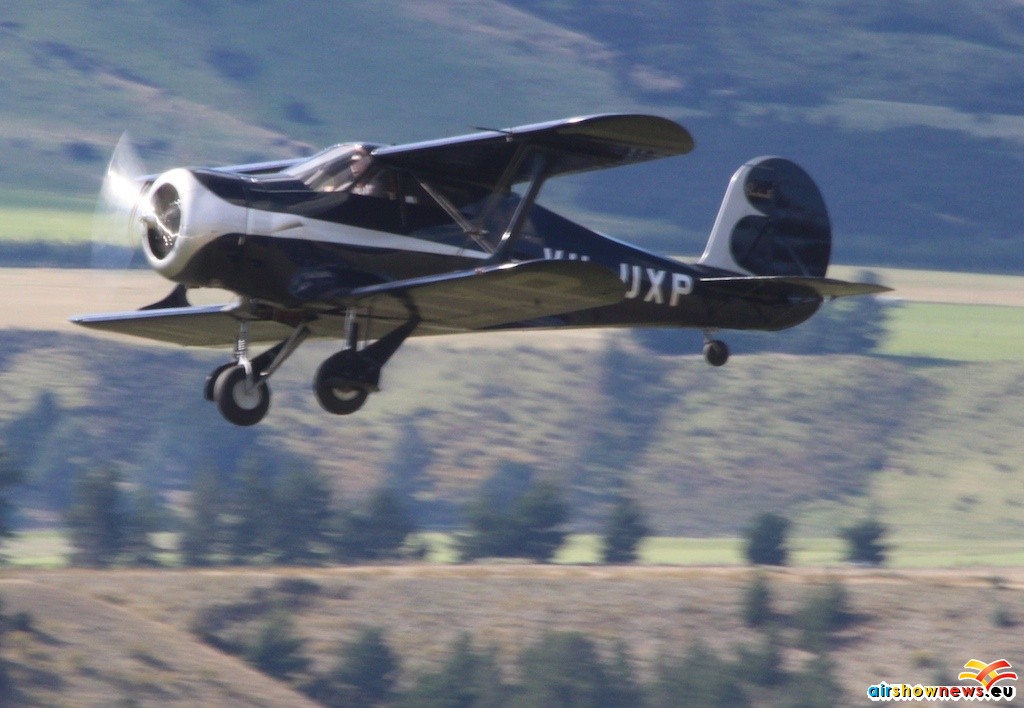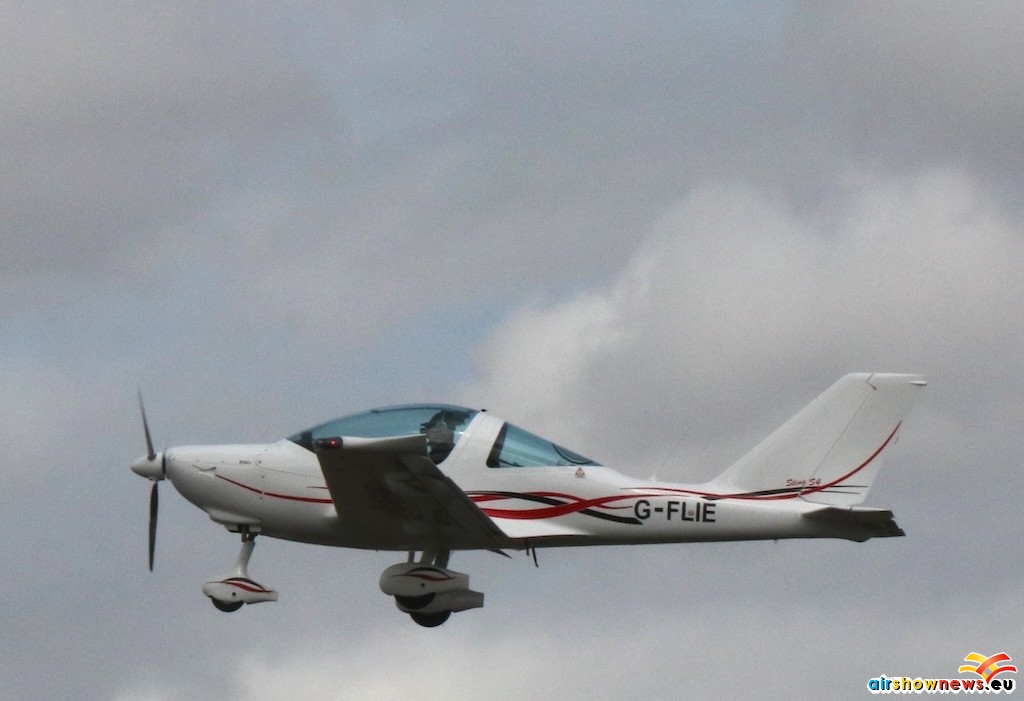Wanaka, Otago, South Island, New Zealand
30 March to 1 April 2018
This biennial airshow is held at Easter, alternating with the themed event at Blenheim Omaka. It has a massive impact in the region fuelling full hotels and adding pressure to nearby cities, particularly the tourist activity mecca of Queenstown. Weather is also a factor as the region is famous for its surrounding mountains and fjords creating a similar but far greener backdrop than Las Vegas, Nevada, home of Red Flag.
For thirty years Wanaka has provided a showcase for the considerable restoration expertise in New Zealand. Many world famous warbird collections have Kiwi restorers to thank for prime flying exhibits. There are close links to the New Zealand Warbirds organisation headquartered at Ardmore near Auckland.
Although bracketed by some extremely wet weather this year’s show enjoyed generally good weather allowing airborne visitors from across the country. Weather in the Mount Cook and glacier regions have been known to restrict access. The modern warbird content this year included eleven Harvards and a formation of nine Yak 52 trainers.
The more traditional warbirds were represented by a Spitfire, Kittyhawk, two Mustangs and the world’s only Avro Anson Mk1. A rare HA1112 Buchon represented the Me109 fraternity with two Yak 3s, one of which suffered a landing accident with fortunately no casualties.
The established star item is the airworthy PBY Catalina that performs water landings on Lake Wanaka freely witnessed by those Wanaka visitors and residents not at the event itself. A formation pass with a Dakota provided the heavier presence in the flying display.
Heritage jets were also represented with two Vampires and an L39 Albatross performing within the mountains. More modern fastjet displays came from abroad with two RAAF Hawks flying from Queenstown and two USAF Japan based F-16s flying from Christchurch ejected flares in the style of Russian MiG-29s. A fairly new RAAF C27J transport graced the static display with a French pacific based Casa 235 and a USAF C-17 gave a sprightly airborne demonstration.
The Royal New Zealand Armed Forces were present in strength with the “Black Falcons’, a team of T-6 Texan IIs, two new NH-90 transport helicopters and single examples of the Agusta 109, Kaman Seasprite and Hercules ejecting its own flares though at fairly high level, dramatic indeed. Three different Air Force Kingairs delivered visitors along with chartered PC-12s and a Convair 580.
New Zealand is home to numerous light aircraft and, each day, a selection of interesting visitors fly in. A gathering of de Havillands, Moths and Chipmunks, a selection of home-builds and some highly professional aerobatic displays provided contrast to a glider in aerial ballet mode. Jurgis Kairys from Lithuania in his bespoke Juka was particularly impressive. A spot-landing contest including an autogyro was light hearted and very popular.
In keeping the the Kiwi love of all things historic and technical there were static displays of classic cars and stationary engines, complementing the co-located National Transport and Toy Museum worth a visit in itself. This adds to the aeronautical variety that makes this show essential for any global airshow enthusiast. Attendance, though fairly expensive, has grown from 14,000 in 1988 to over 50,000 in recent years
























